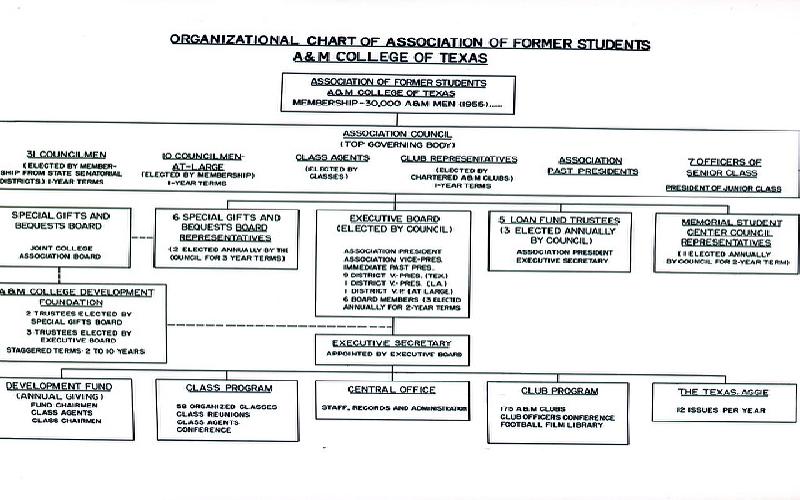Importance of an organizational chart


Below article speaks about organizational charts. It highlights the importance of organizational charts in a business organization.
An organizational chart, often called as organization chart or Org chart, is a diagram which shows the structure of an organization and the relationships and relative ranks of its parts and positions or jobs. It is a pictorial representation of a company’s structure which indicates clearly the relations between people within the organization. The order in which the authority and power in an organization is exercised and delegated is important for executing the related activities and achieving the goals and objectives successfully. So, the organizational chart graphically illustrates the concept known as chain of commands and shows the flow of authority, responsibility and communication.
While an organizational structure defines how the activities, such as, delegating tasks, coordination and supervision are directed towards the achievement of organizational goals and objectives, the organizational chart is a visual representation of that organizational structure. Being a graphic representation of an organization’s structure and hierarchy, the organizational chart depicts vividly the superior and subordinate relationship while it shows the lines of authority and lines of communication as well.
The importance of using organizational chart is felt due to the fact that a business organization needs to provide guidance and clarity on various organizational and human resource issues. It is through the organizational chart it is ensured that the responsibilities are being allocated, activities are being performed and management authority has been established in a way as needed.
An organizational chart is of great support to create and define the organizational structure, so that the business objectives may be accomplished accordingly and yet successfully. It not only helps in dividing the functions of an organization in an appropriate manner, but it also aids greatly in developing the structure of reporting while guiding the employees properly, as the connecting lines on the chart show who is accountable to whom and who is in charge of what department.
Not just this, it also guides the employees as to whom they should report and contact in case of the issues that need to be resolved in a timely manner while making the employees aware of their rights and responsibilities. On the one hand it’s a great way of improving the performance of the employees; on the other hand, it enables to see whether or not the promotion channels open for the employees who deserve. Thus, it may be said that it’s not just a snapshot of an organization at a particular point of time or a blueprint of its functions, but it is cited as a valuable means of a detailed representation through which the complete organization may be visualized enabling management to understand how the work fits in all the related departments or units of an organization.
Though there are different types of organizational charts, such as, hierarchical, matrix or flat etc, which can be created by using MS Word, Excel or PowerPoint, but the objective behind creating the organizational chart is to illustrate the reporting relationship in an organization. Organization charts are the tools that enable us to understand how an organization works while it explains the structure of an organization as a whole. Thus, a good organizational chart or organogram is important to make planning easier and defining the organizational structure, culture and style while showing clearly the line of authority and of responsibility of each individual in the organization.
Nowadays, in order to complete all the functions of a business organization effectively, there is a great need for implementing effective information system. This article highlights the need and importance of Management Information system..
Continued quantitative easing, with little positive outcomes to account for the expansions of liquidity during the last decade can make all stakeholders uncomfortable. In particular, they raise significant questions about our comfort level with the Keynesian economic principles that advocate such expansion.
.Business life is stressful. Therefore organizations have realized the impact of stress on work and yet have taken an initiative to counsel the business employees to improve the work efficiency by promoting stress free life..